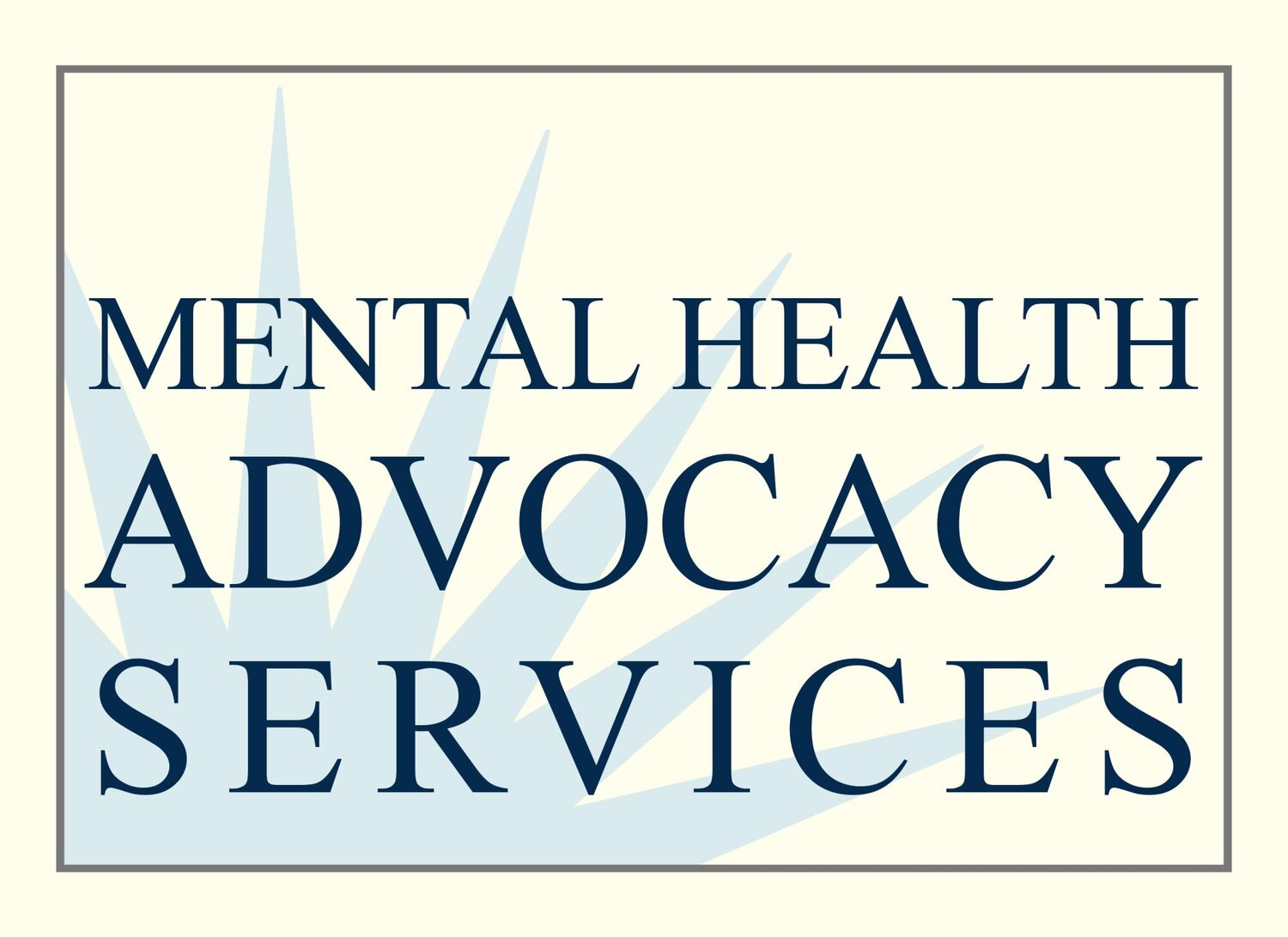When Relatives Step Up With No Reward
by Eliza SchaflerEliza Schafler is an MHAS Equal Justice Works Fellow sponsored by Greenberg Traurig, LLP.
As our Behavioral Health-Legal Partnership (BeHeLP) has expanded to the Wraparound Program at Hathaway-Sycamores, I have been seeing more and more clients who are “relative foster parents” – great aunts, grandmothers, and other kin who have stepped up to care for their young relations when their biological parents cannot. These relative caregivers have shed light on a particular problem affecting non-traditional families with vulnerable foster children.The problem is this: Relative caregivers often cannot get foster care funding, a form of government benefit that would help them house and feed the child and stave off poverty. Why not? Because, under federal and California law, they are only entitled to that funding if the child’s biological parents fell below an outdated income level set in 1996 and never adjusted for inflation. Whether the child’s biological parents are below the current federal poverty line is irrelevant. And whether the relative caregiver is financially stable is also irrelevant, despite the obvious impact of poverty on a child’s well-being.What’s the difference in dollars? Here’s an example: the relative caregiver of a 15-year-old foster child who does not meet the 1996 federal requirement can only get about $350 a month in welfare benefits (under the CalWorks program). Meanwhile, an identical family with a non-relative as the foster parent would receive over $800 a month in foster care benefits. That is a huge difference for families like the ones I serve, who are at risk of homelessness and struggle to feed and clothe the children. It is also a disincentive for relatives to step up and care for children, even though children fare better with relatives than with strangers.This intractable problem for low-income relative caregivers has frustrated advocates for children and families for years. Now that I have seen the problem firsthand while serving BeHeLP families in need, I can add myself to that list.
